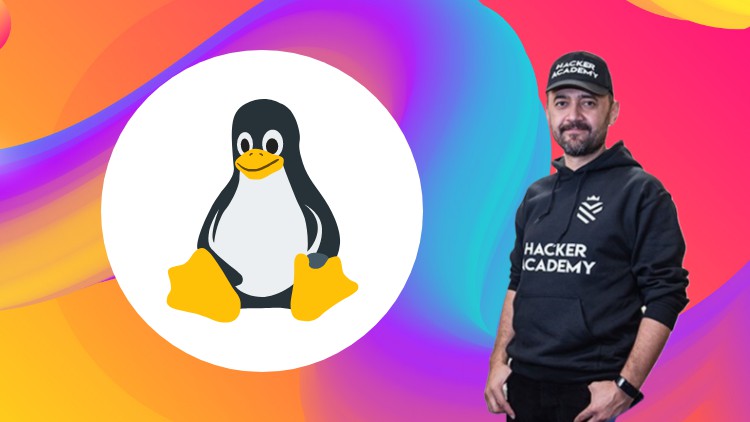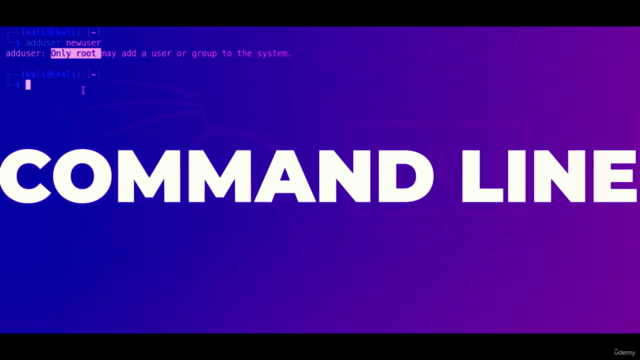Linux for Beginners: Linux Basics
Linux For Beginners covers Linux basics. You will learn Linux fundamental skills; Command line, Linux Administration
4.36 (522 reviews)

8,623
students
2.5 hours
content
Apr 2025
last update
$64.99
regular price
What you will learn
Linux has a somewhat inaccurate reputation as being a much more technical and complex alternative to mainstay operating systems like Windows and MacOS.
Linux is available in a range of different distributions that are tailored to the needs and skill of their users.
Linux is an operating system (OS), which is the primary software that a computer uses to execute tasks and communicate directions to its hardware.
Both ethical (white hat) hackers and malicious (black hat) hackers often prefer to use the Linux operating system (OS) over Windows OS.
For beginners learning Linux to pursue a career in IT or software administration.
You may only need a basic understanding of how to navigate and execute functions using Linux and how applications built on Linux behave.
Software-focused career paths that frequently use Linux include developer and software engineering roles for Python, Java, and Linux systems.
The name “Linux” can refer to both the kernel itself (the Linux kernel) and an operating system built around that kernel.
The core component of any operating system is called the kernel. Linux’s core is simply referred to as the Linux kernel.
For beginners, a few of the most highly recommended Linux distributions include Elementary OS, Ubuntu Linux, and Ubuntu Budgie.
Other distributions that are considered easy to learn and master are Linux Mint, Zorin OS, Nitrux, Kodachi, Rescatux, and Parrot Security.
Learn Linux from scratch
What is Linux
Setting Up the Laboratory
Distributions
Pieces of Linux
Shells
Linux Signs $,#,%
Desktop Environments
Linux GUI
Command Parameters
List Files - "ls" Command
Print Working Directory - "pwd" Command
Show Manuel - "man" Command
Change Directory - "cd" Command
Concatenate Files - "cat" Command
Display Output - "echo" Command
View the File with "more" Command
View the File with "less" Command
Print First Lines with "head" Command
Print Last Lines with "tail" Command
Global Regular Expression Print - "grep" Command
Output Redirection
Output Redirection : Pipe “|”
Linux File Systems
Linux File Hierarchy
File Permissions
Make Directory - "mkdir" Command
Create File & Modify Date - "touch" Command
Remove Files or Directories - "rm" Command
Copy and Move Files or Directories - "cp" & "mv" Command
Find Files and Directories - "find" Command
Cut Parts of Lines - "cut" Command
Change Ownership of a Given File - "chown" Command
Network Settings
Display Network Status - "ifconfig" Command
Leasing New IP from DHCP Server
Services
Location of Services
User Management in Linux
Important Files - "passwd" and "shadow"
Adding a New User
Change the Group and Delete a User
Process Management
Monitoring Running Processes - "ps" and "top" Commands
Killing Processes
Package Management
Package Management Concepts
Foremost Linux Package Managers
Repository
APT Package Manager
Install From Source Code
System Monitoring
Monitoring - "df", "top", "vmstat", "netstat" Commands
linux ubuntu linux for beginners ubuntu linux linux basics for beginners linux ubuntu linux for beginers libre office linux beginner linux basics for beginners
Screenshots




Related Topics
3945922
udemy ID
3/29/2021
course created date
4/1/2021
course indexed date
Bot
course submited by